*NURSING > CASE STUDY > Vernon Watkins Reflection Questions.WITH VERIFIED ANSWERS (All)
Vernon Watkins Reflection Questions.WITH VERIFIED ANSWERS
Document Content and Description Below
Surgical Case 4: Vernon Watkins Guided Reflection Questions 1. How did the scenario make you feel? a. The scenario made me felt a bit overwhelmed, but it was a good experience to go through. It to... ok a lot of tries to get the score I did, but it sort of taught me a few things. 2. Discuss your use of adjunct oxygen therapy for this patient, including why you chose a particular oxygen device, rate, and flow. a. I chose a nasal cannula but was marked wrong for it. However, I decided to do oxygen therapy, due to complaints from the patient, his condition and clinical findings. 3. Discuss Vernon Watkins’ arterial blood gas (ABG) analysis result and explain what caused this result. a. The patient showed respiratory alkalosis and mild hypoxemia. The respiratory alkalosis is most likely caused by the fast-respiratory rate that may have caused his body trying to compensate for the hypoxemia from the PE. 4. Discuss the use of a heparin nomogram (guideline for heparin titration) and safety related to this intervention. a. Heparin was ordered for the patient to reduce the possibility of further coagulation causing more clots to form. The nomogram uses the pt’s weight and PTT to determine a therapeutic range for the pt. The heparin calculation should be verified by two nurses for pt’s safety. 5. What key elements would you include in the handoff report for this patient? Consider the SBAR (situation, background, assessment, recommendation) format. a. S- Pt is post op hemicolectomy. Upon assessment pt began complaining of difficulty in breathing. b. B- diagnosed with PR and is currently on 1440 units/hr heparin infusion. c. A- symptoms improved but not completely resolved, and VS seemed to be stable for now. d. R- It is recommended that pt be under close observation for changes in condition 6. Discuss why Vernon Watkins may be at risk for right ventricular failure as a complication of his pulmonary embolism (PE). a. He’s at risk because the PE is blocking blood flow from the right ventricle to the lung, in which raises the pressure at which the right ventricle must pump blood. This puts a strain on the heart and can cause right ventricle failure. 7. Discuss how you would communicate with the patient in acute respiratory distress in this emergency situation and what effective communication techniques you would use. a. It is important to keep the patient as comfortable as possible, therefore there should be use of reassura [Show More]
Last updated: 1 year ago
Preview 1 out of 2 pages

Buy this document to get the full access instantly
Instant Download Access after purchase
Add to cartInstant download
We Accept:

Also available in bundle (1)

Vernon Watkins Guided Reflection and Documentation Assignments PACKAGE |(100% Guaranteed Pass)
Vernon Watkins Guided Reflection and Documentation Assignments PACKAGE |(100% Guaranteed Pass)
By d.occ 2 years ago
$19
5
Reviews( 0 )
$7.00
Document information
Connected school, study & course
About the document
Uploaded On
Jul 12, 2021
Number of pages
2
Written in
Additional information
This document has been written for:
Uploaded
Jul 12, 2021
Downloads
0
Views
102

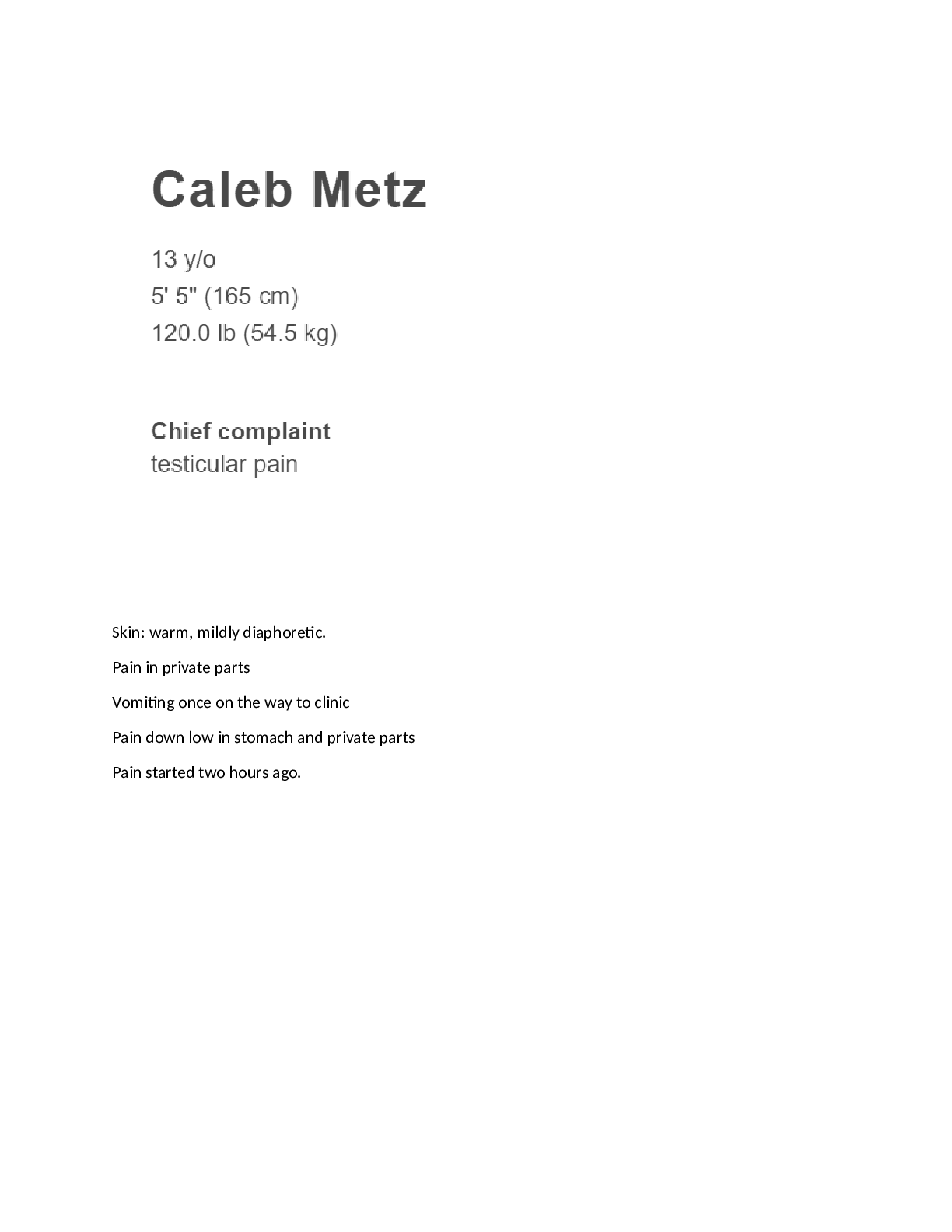
.png)
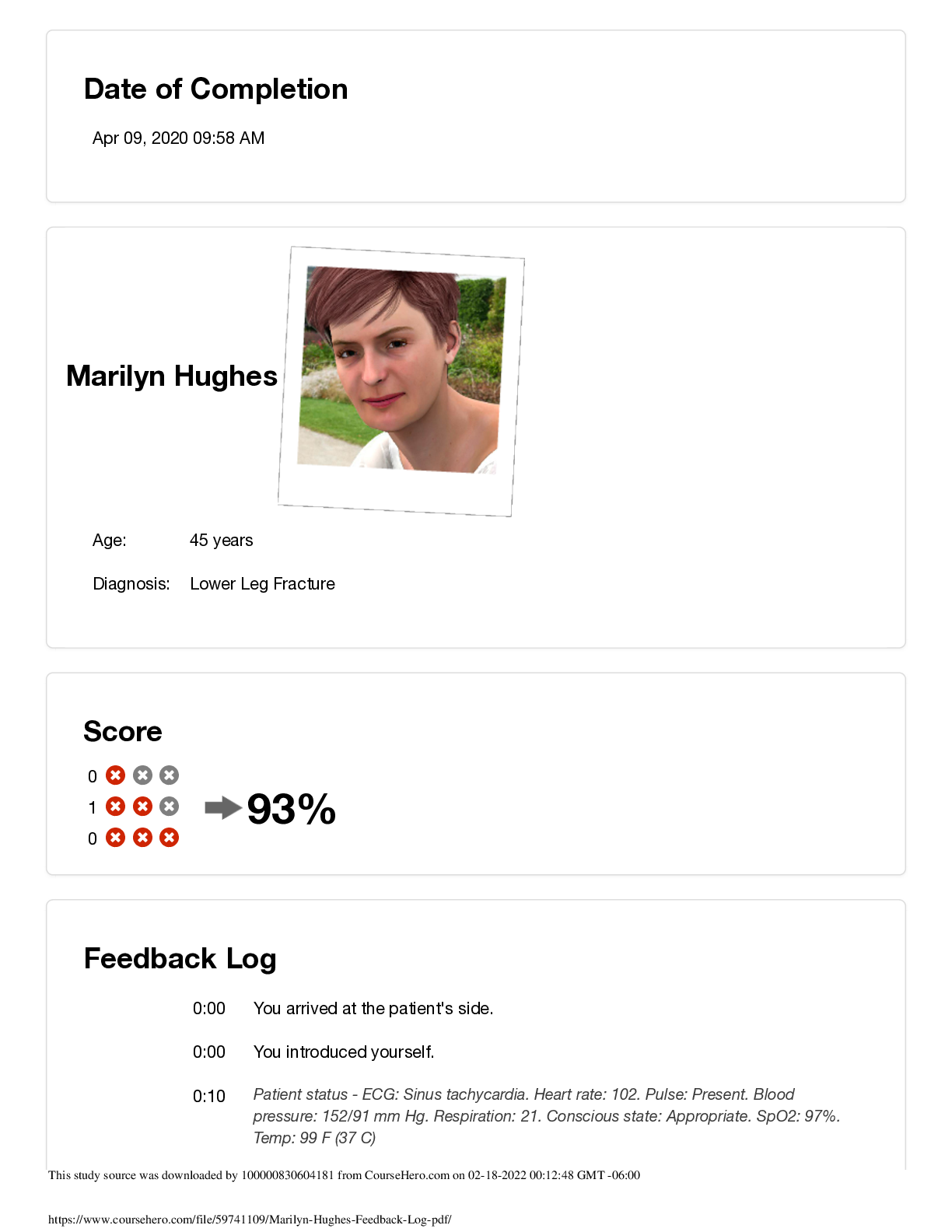
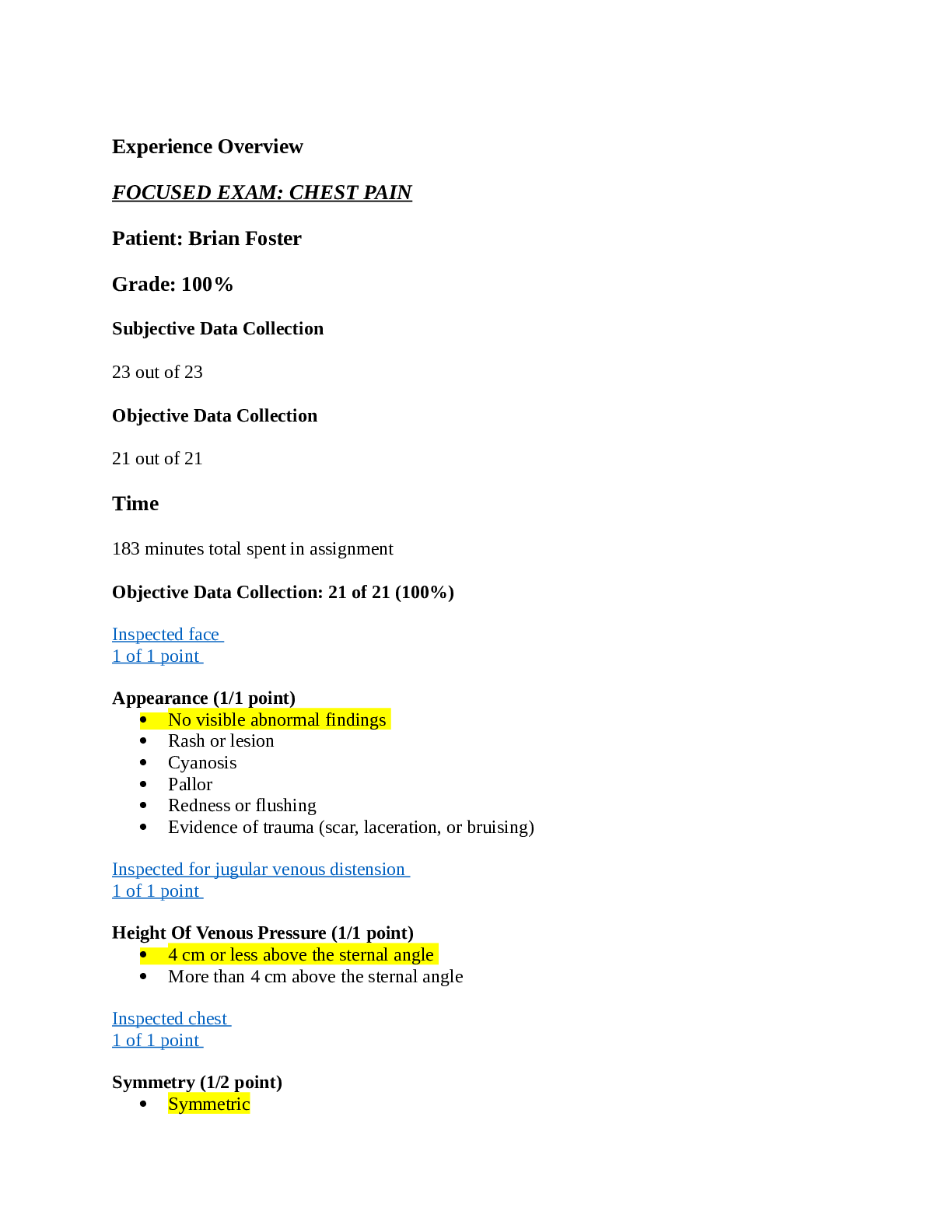




 (1).png)
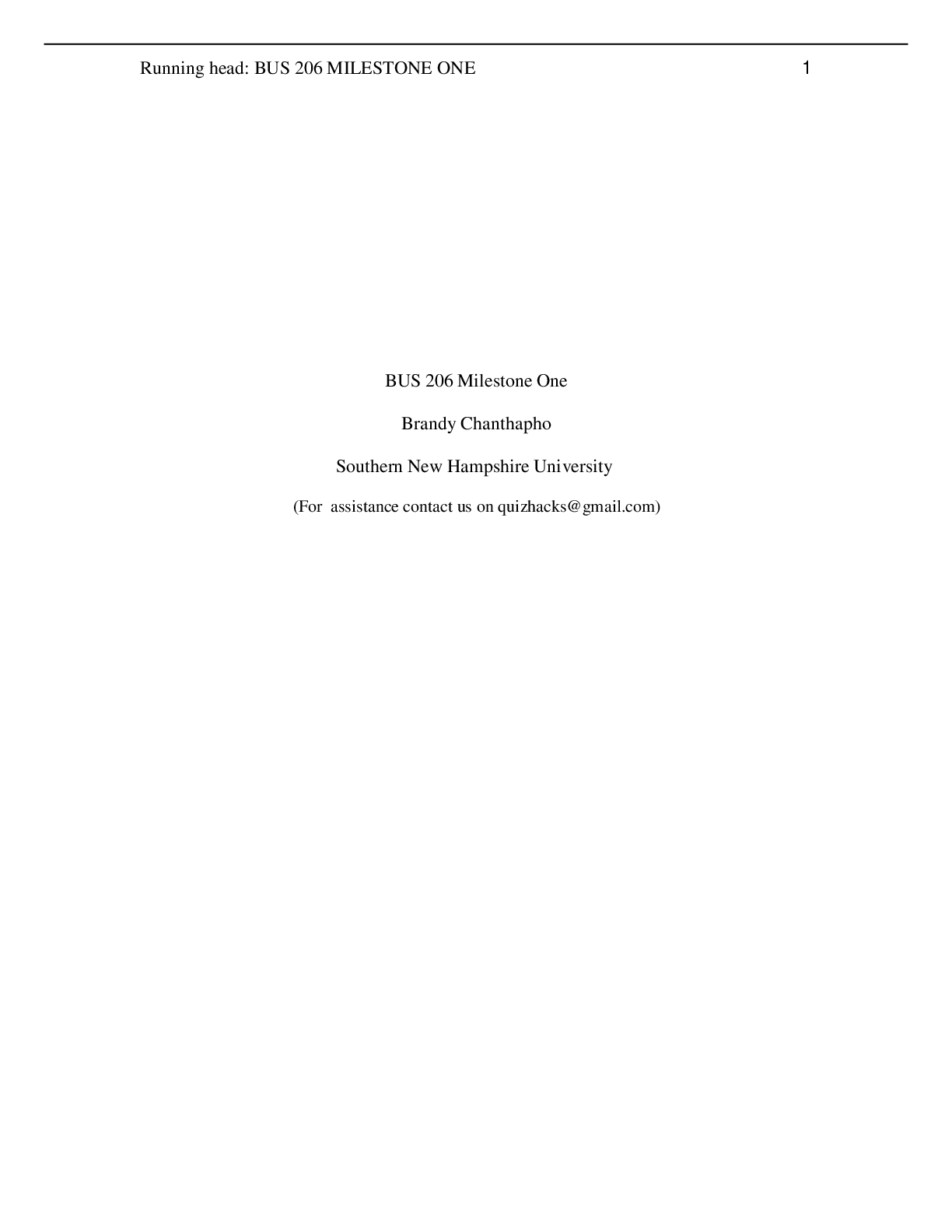
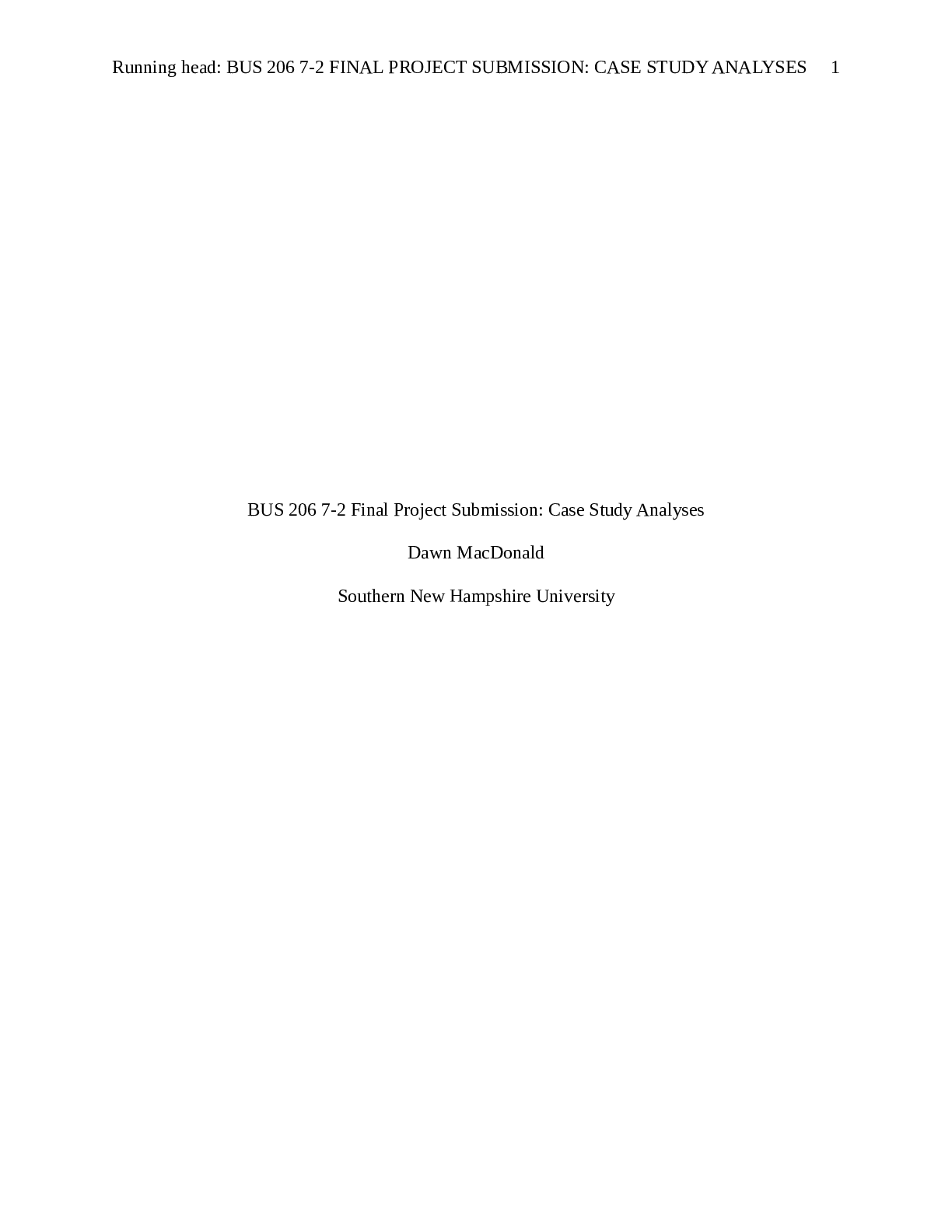
.png)

